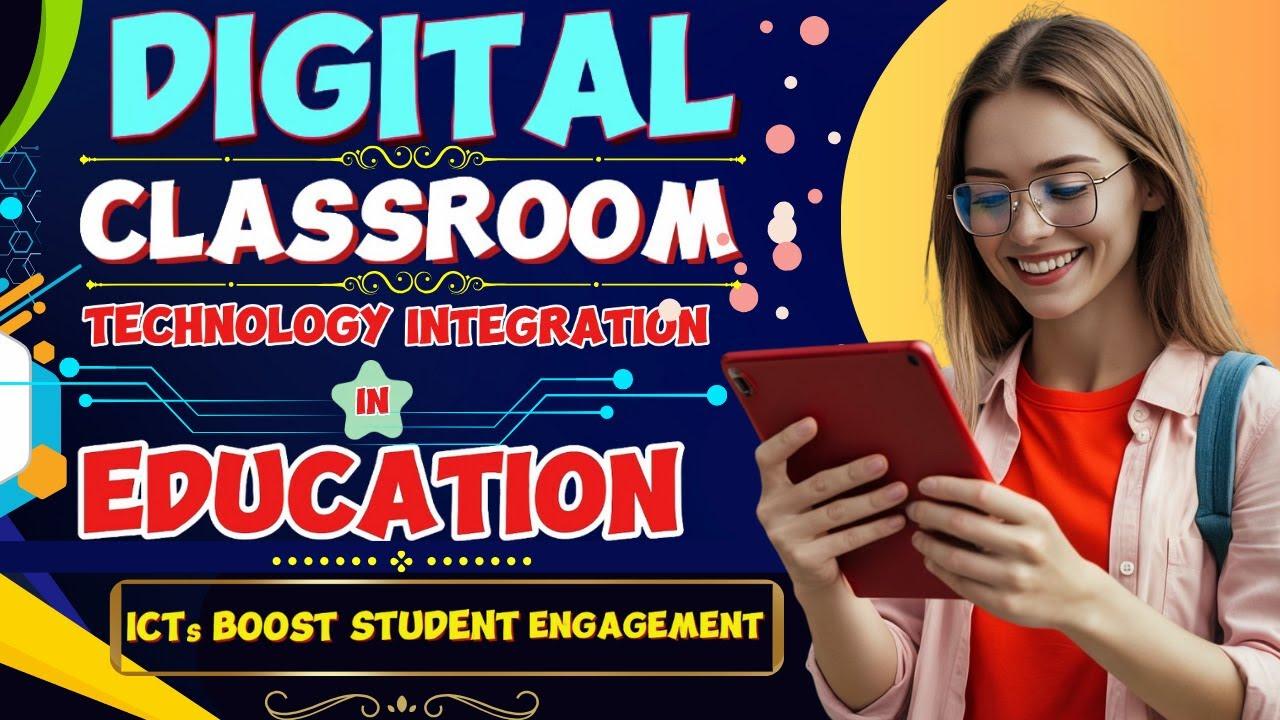Boost Student Engagement: Integrating SEL into the Digital Classroom for Better Learning Outcomes
In today’s digital-first world, fostering student engagement can be a challenge. As classes move online and teachers seek to create dynamic remote learning environments, integrating Social-Emotional Learning (SEL) into the digital classroom has emerged as a powerful strategy. Not only does SEL help students navigate emotions and build meaningful relationships, but it also plays a pivotal role in improving academic outcomes.
What Is Social-Emotional Learning (SEL)?
Social-Emotional Learning (SEL) is the process through which students develop essential life skills, including emotional intelligence, self-management, social awareness, relationship skills, and responsible decision-making. These competencies, identified by organizations like CASEL (Collaborative for Academic, Social, and Emotional Learning), are foundational for personal well-being and academic success.
Why Student Engagement Matters in the digital classroom
Student engagement is more than just paying attention—it’s about active participation, motivation, and a genuine connection to the learning process. In the digital classroom, distractions abound, and the absence of physical presence can make it arduous for students to stay involved. Engaged students are:
- More likely to retain data,
- Perform better academically,
- Display increased motivation,
- Exhibit stronger emotional resilience and social skills.
The Benefits of Integrating SEL into Online Learning
When Social-Emotional learning is woven into virtual classrooms, students experience:
- Higher participation rates: SEL builds trust, making students more pleasant sharing and engaging.
- Improved collaboration: SEL activities encourage teamwork, essential for group projects and discussions.
- Enhanced focus and motivation: Emotionally healthy students are better able to concentrate on their studies.
- Reduced anxiety and stress: SEL helps students process and manage complex feelings often exacerbated by digital learning environments.
- Better learning outcomes: Studies show a clear link between SEL and increased academic achievement.
Key Strategies for integrating SEL into the Digital classroom
To boost engagement and improve learning outcomes, teachers can implement the following SEL integration strategies:
1. Start with Daily Check-ins
Begin each class with a brief emotional check-in. These can be as simple as a one-word feelings poll or a short journal entry shared via chat.
2. Foster a Safe & Inclusive Online Habitat
- Set clear expectations for respectful behavior.
- Use ice-breaker activities that promote inclusion and belonging.
- Encourage camera use, but be sensitive to privacy and accessibility concerns.
3. incorporate Collaborative Projects
Leverage breakout rooms and group assignments to help students build key relationship skills—dialogue, empathy, and teamwork.
4. embed SEL into Everyday Lessons
- Connect academic content to real-world scenarios that encourage self-reflection and ethical decision-making.
- Ask open-ended questions that prompt critical thinking and respectful debate.
5. Use Digital SEL Tools & Resources
There are many digital platforms and apps designed to promote SEL, including:
- Nearpod: Interactive lessons with embedded SEL content.
- Flip: Video discussion app for sharing thoughts and building community.
- Mood meter: Helps students identify and label emotions.
6.Model SEL Competencies
Teachers should be transparent about their own feelings. Normalize vulnerability and model healthy emotional expression, demonstrating self-regulation and restorative conflict resolution when issues arise.
Case studies: SEL success in Digital Classrooms
Chicago Public Schools: Building Virtual Communities
During remote learning, Chicago Public Schools integrated SEL through daily routine check-ins and SEL-focused lesson plans. Teachers reported a noticeable increase in class participation and a decline in behavioral incidents.
Elementary School in California: Digital citizenship & Communication
One innovative program used collaborative tools like Padlet and Jamboard to teach empathy and positive digital citizenship. Post-implementation surveys showed improved peer relationships and an uptick in student-initiated support for classmates.
First-Hand Experience: Insights from educators
“Our biggest win was embedding short, student-led mindfulness breaks. The students felt heard, and participation jumped. We also saw better final grades once SEL was part of our online routine.” — Ms. Patel, High School Teacher
“Virtual circles at the start of each week brought our class together—kids opened up and supported each other. Online learning felt less isolating, more welcoming.” — Mr. Walker, Middle School Educator
Practical Tips for Teachers: Making SEL Stick Online
- Be consistent: Dedicate time for SEL every week, not just during special events.
- Celebrate small wins: Use digital badges or shout-outs to recognize emotional growth and collaborative spirit.
- Parent partnerships: Regularly communicate SEL goals with families to reinforce learning at home.
- Professional advancement: invest in SEL-focused training and peer support for ongoing improvement.
- Utilize multimedia: Incorporate videos, podcasts, and interactive quizzes that spotlight empathy, resilience, and kindness.
Unlocking the Academic Power of SEL
According to research by the CASEL, students who participate in SEL programs show an 11 percent gain in academic achievement compared to those who do not. Improved self-regulation and emotional intelligence mean less time managing behavioral issues and more time deepening learning.
How SEL Nurtures Better Learning Outcomes
- Reduces learning barriers: Anxiety and stress are managed, creating a positive space for academic risk-taking.
- Promotes holistic development: SEL supports cognitive,emotional,and social growth.
- Increases intrinsic motivation: Students who feel connected and valued are more likely to persevere through challenges.
conclusion: Step into the Future of Online Learning with SEL
Integrating SEL into the digital classroom isn’t a trend—it’s a transformative practice for modern educators. By making social and emotional learning a priority, teachers can boost student engagement, nurture a sense of belonging, and lay the groundwork for lifelong success.With thoughtful planning, strategic use of digital tools, and a commitment to emotional growth, every virtual classroom can become a thriving learning community where students not only achieve academically, but also flourish as compassionate, resilient individuals.

